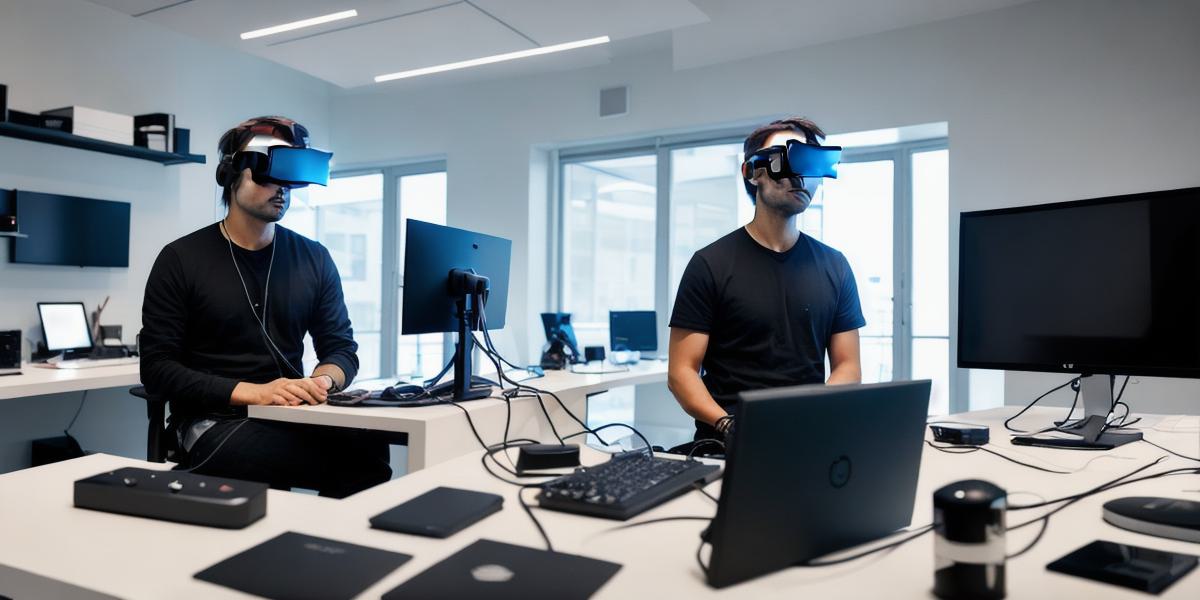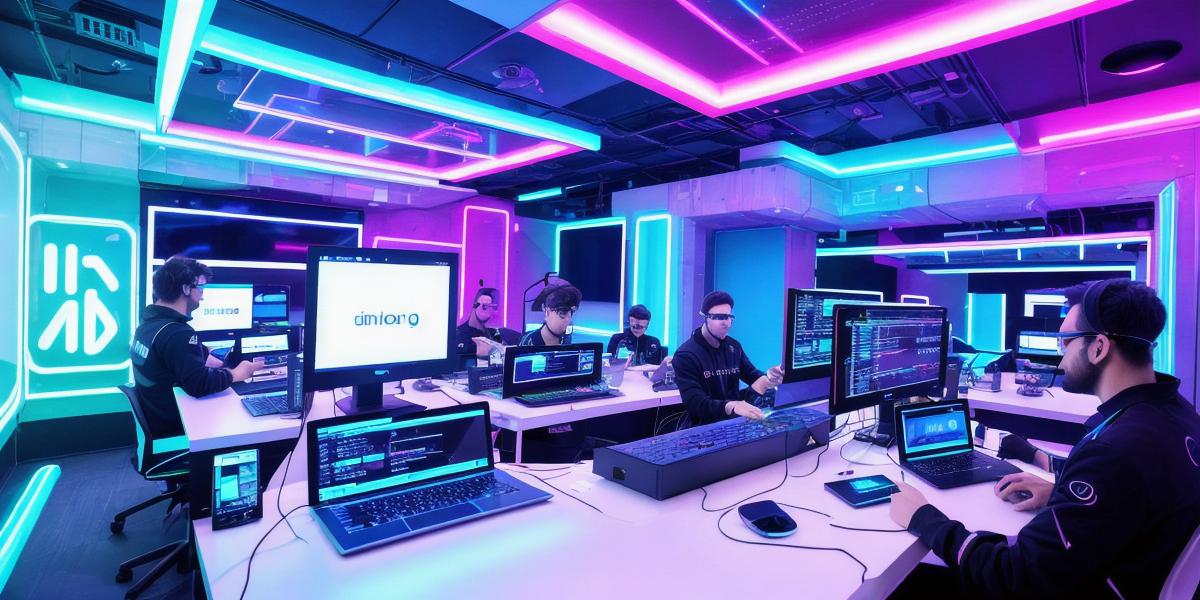Introduction
The concept of a virtual world where people can interact, socialize, and even conduct business is no longer science fiction. The term "metaverse" has gained popularity in recent years as a new frontier for technology, one that promises to reshape the way we live, work, and play. In this article, we will explore what the metaverse is, how it’s shaping the future of technology, and the potential benefits and risks it presents.
What is the Metaverse?
The term "metaverse" was coined by author Neal Stephenson in his 1992 novel "Snow Crash." It refers to a virtual world where people can interact with each other and with artificial intelligence (AI) systems. The metaverse is not a single entity or platform, but rather a collection of decentralized virtual worlds that are interconnected and accessible to anyone with an internet connection.
In the metaverse, people can create avatars, participate in games and activities, interact with AI-powered agents, and even buy and sell goods and services. The metaverse is also a platform for content creation, where artists, musicians, and other creatives can showcase their work to a global audience.
The Future of Technology

The metaverse represents a significant shift in the way we think about technology. It’s not just about creating more advanced virtual reality (VR) and augmented reality (AR) experiences; it’s also about building a new infrastructure for data storage, processing, and sharing.
One of the key benefits of the metaverse is its potential to democratize access to technology. In the current model, most people only have access to a limited set of devices and software, depending on their socioeconomic status and geographic location. The metaverse, on the other hand, can be accessed from any device with an internet connection, making it possible for everyone to participate in this new world.
Another benefit of the metaverse is its potential to increase efficiency and productivity. By creating a virtual environment where people can collaborate in real-time, regardless of location, the metaverse could revolutionize the way we work and do business. Imagine a team of designers from different parts of the world working together on a project, or a company that can conduct virtual meetings with clients from around the globe without having to travel.
However, the metaverse also presents some risks and challenges. One of the biggest concerns is privacy and security. In a virtual world where people are constantly interacting with each other and with AI systems, there’s a risk that personal data could be misused or stolen. It’s important for developers to prioritize privacy and security when building metaverse platforms and applications.
Summary
The metaverse represents a new frontier for technology, one that has the potential to reshape the way we live, work, and play. While there are certainly risks and challenges associated with this new world, the benefits it presents are too significant to ignore. As developers, it’s up to us to create a safe and inclusive metaverse that empowers people and drives innovation.




